BAMBOO BLIND
'발'(Bal)
For centuries in Korean blinds have been made from various materials such as
reeds, hemp stalks and bamboo. But it is bamboo blinds in particular that have the most significant heritage and
were used as dividers in historic architecture to maintain privacy for the most important dignitaries and
symbolise hierarchy.
Bal was more commonly used within the hanok (a traditional Korean house) and hung by the door to block the direct sunlight during the hot summer days, but still allowing the breeze to come through and keep people inside cool. It also functioned as a curtain providing privacy, with its semi-transparent nature meaning those inside could still see outside. With the gradual disappearance of hanok in Korean cities and towns bal has fallen out of use. As a result, there are only a few craftspeople left making them in cities such as Damyang or Tongyeong. These makers are called yeomjang today typically creating bal for special purposes.
Bal was more commonly used within the hanok (a traditional Korean house) and hung by the door to block the direct sunlight during the hot summer days, but still allowing the breeze to come through and keep people inside cool. It also functioned as a curtain providing privacy, with its semi-transparent nature meaning those inside could still see outside. With the gradual disappearance of hanok in Korean cities and towns bal has fallen out of use. As a result, there are only a few craftspeople left making them in cities such as Damyang or Tongyeong. These makers are called yeomjang today typically creating bal for special purposes.
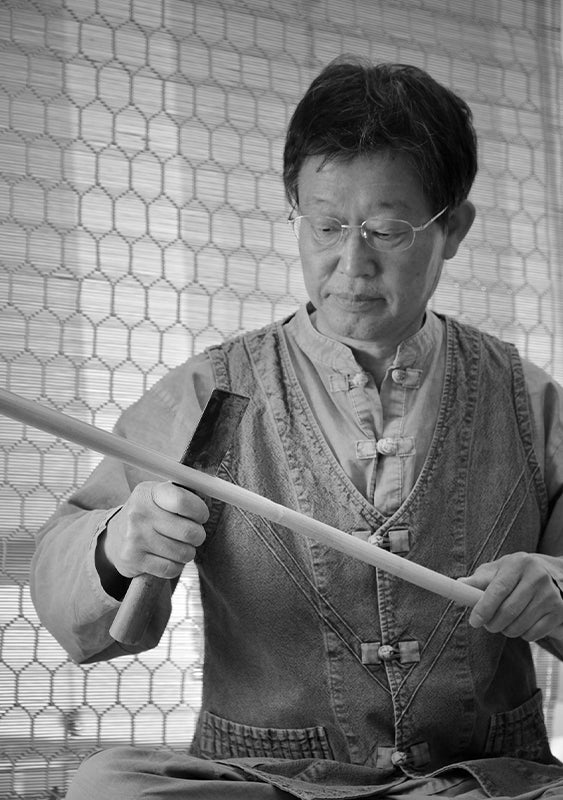
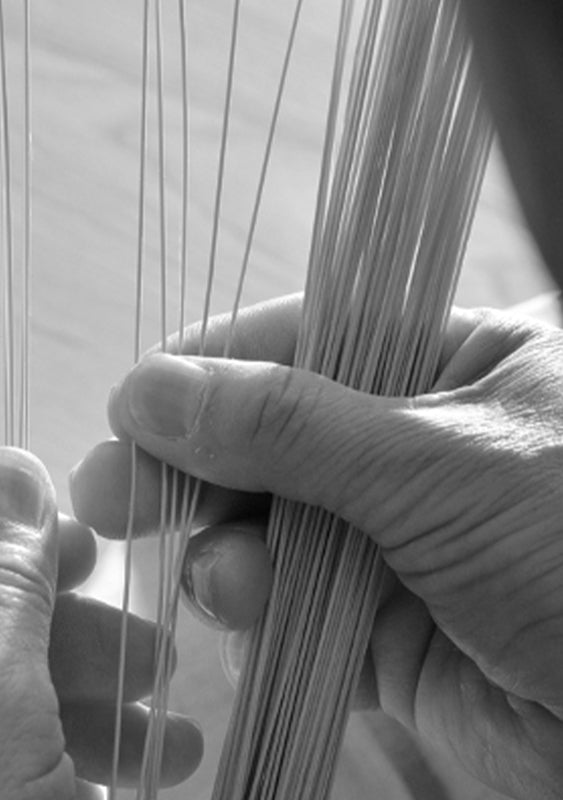
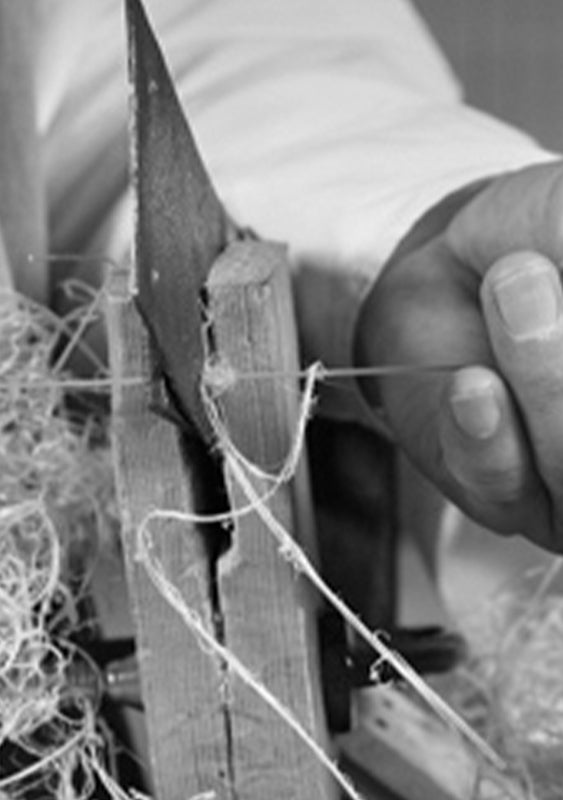
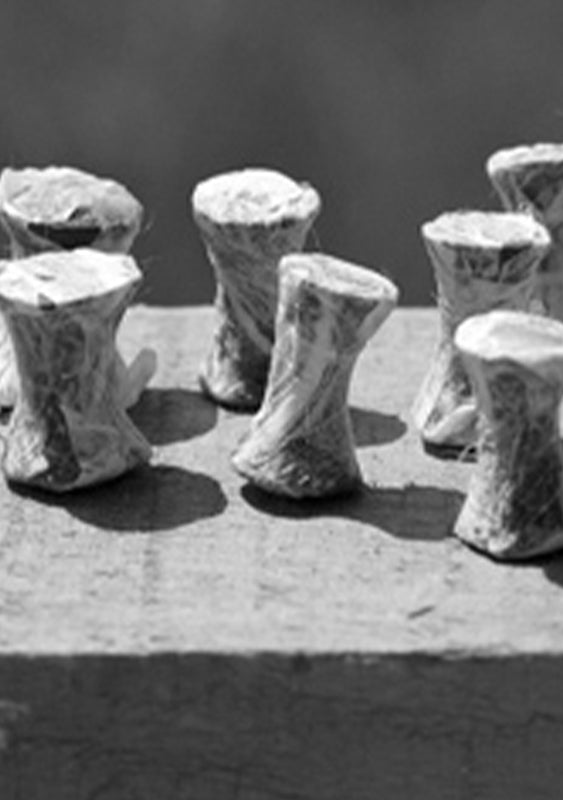




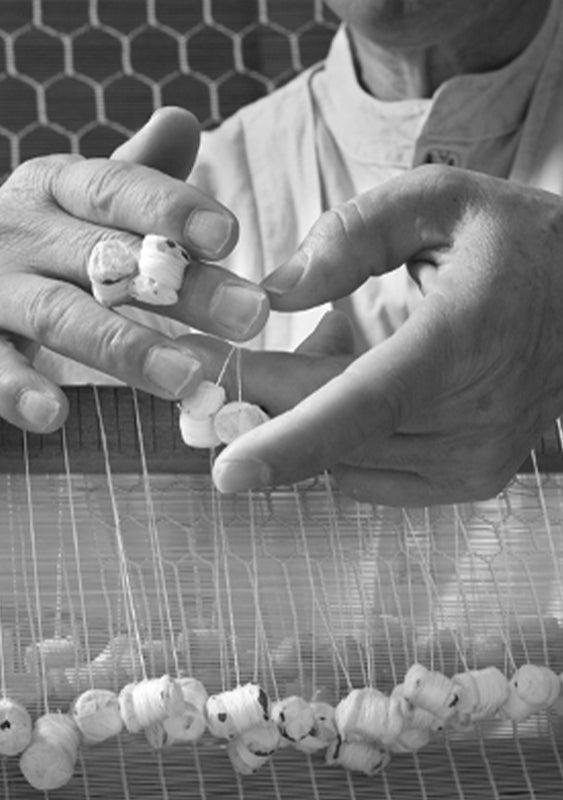
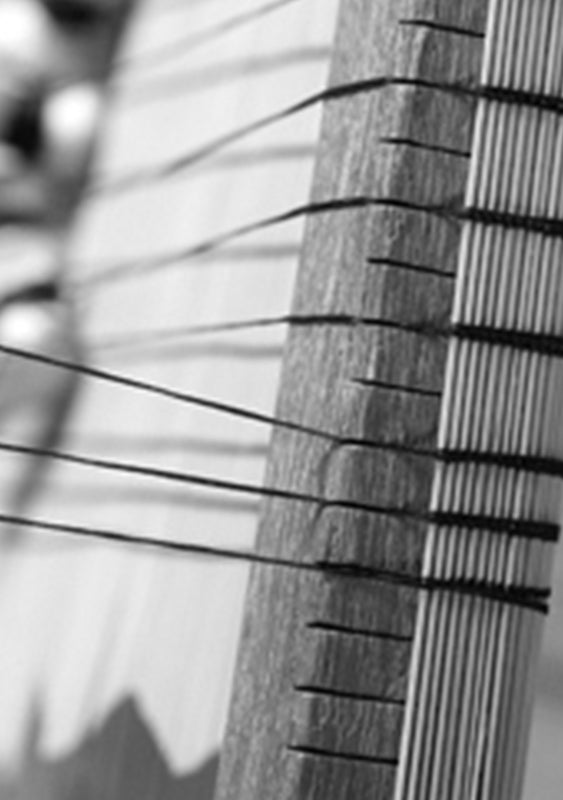
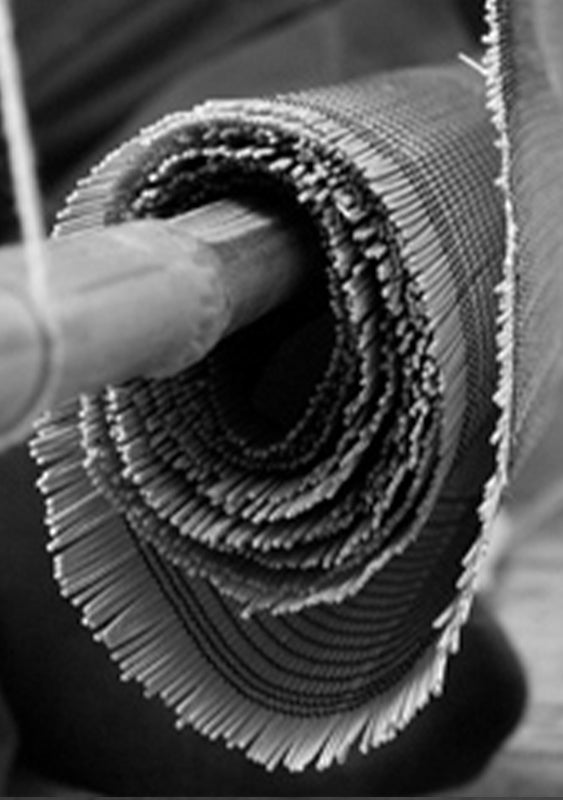
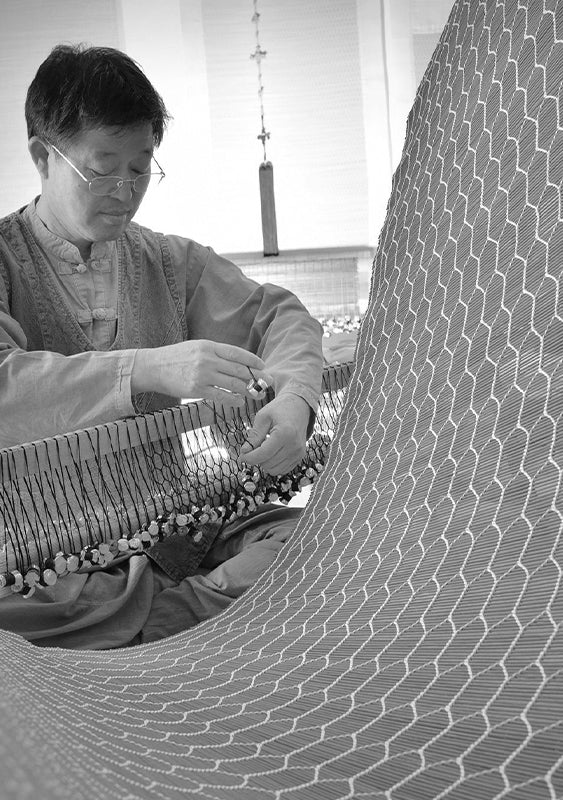




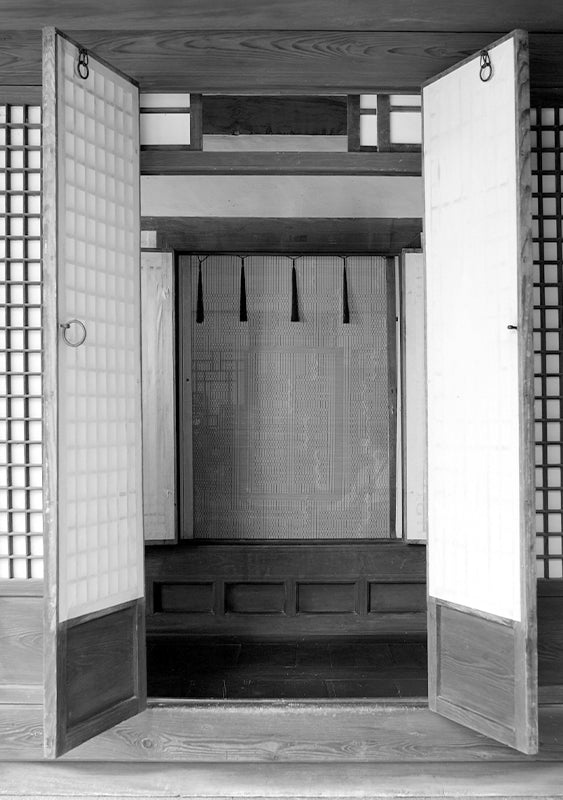
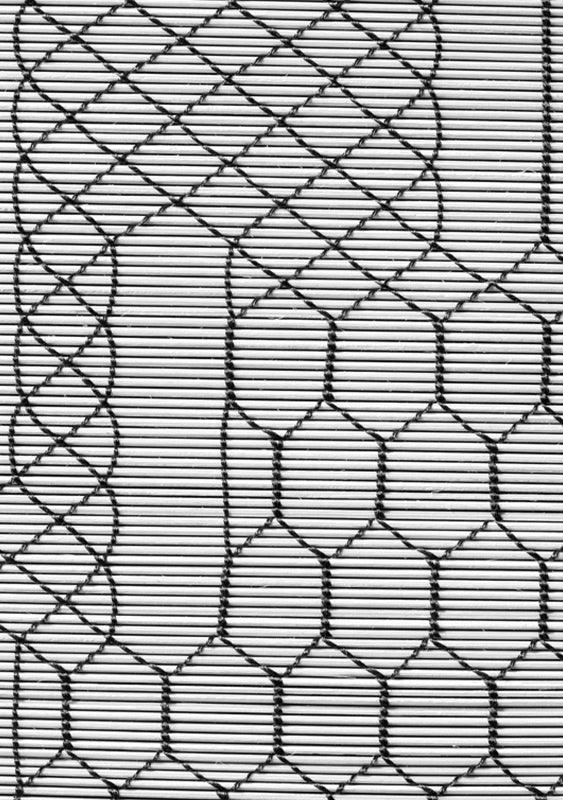


© Images provided by
– Korea Cultural Heritage Foundation
– Cultural Heritage Administration